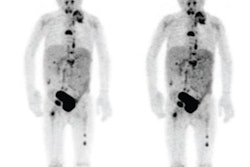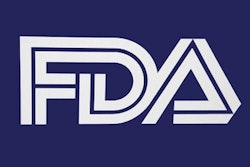
The U.S. Food and Drug Administration (FDA) on January 9 issued a new guidance urging healthcare providers to use the lowest radiation dose possible when performing medical imaging exams on children.
The guidance notes that the "level of ionizing radiation from x-ray imaging is generally very low, but can contribute to an increased risk of cancer." This risk of cancer is particularly acute for children because of their longer lifetimes compared to adults and the fact that they are more sensitive to radiation.
The FDA is urging providers to optimize the radiation dose of imaging exams -- including x-ray, CT, fluoroscopy, and dental imaging -- to deliver the lowest level of dose needed. Exams should be performed on children only when healthcare providers believe the studies are necessary to answer a clinical question or guide treatment.
The guidance goes on to note that the optimization of radiation dose should depend on the size of the patient rather than his or her age. Smaller patients require less radiation to obtain a medically useful image, and patient body thickness is the most important factor when determining the correct dose.
While unnecessary radiation should always be avoided, x-ray and CT studies should never be withheld when they could provide important information that could aid the diagnosis of a child or adult.
For parents, the FDA guidance includes three tips:
- Keep track of the medical imaging histories of children.
- Ask referring physicians about the risks and benefits of medical imaging procedures, particularly how the exam will improve the care of children. Ask about potential alternatives to x-rays.
- Ask the imaging facility about the radiation dose reduction techniques used for children, and whether any advanced preparation is necessary.
Additional information about radiation dose in pediatric imaging is available on the FDA's website.




















